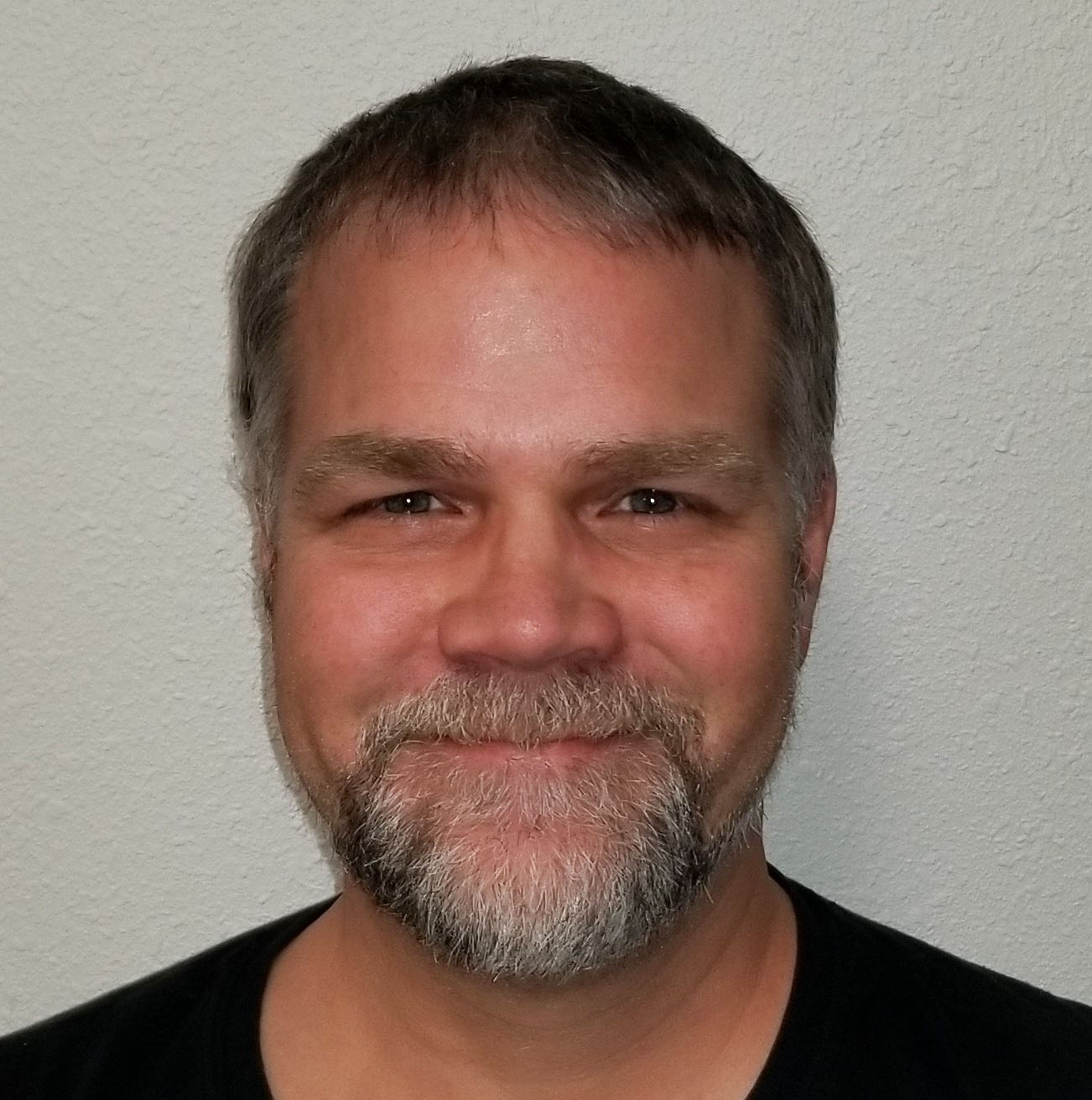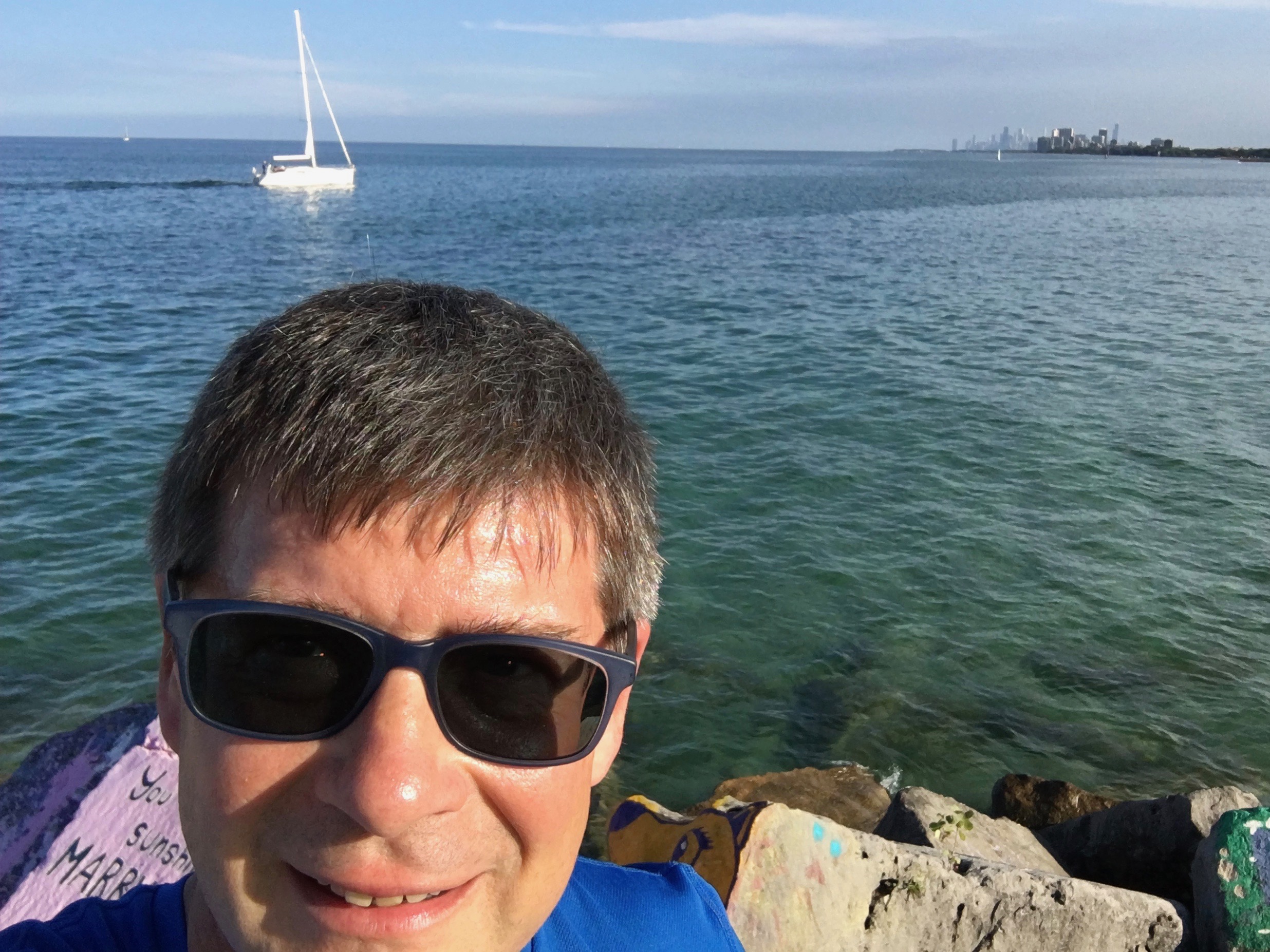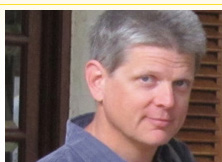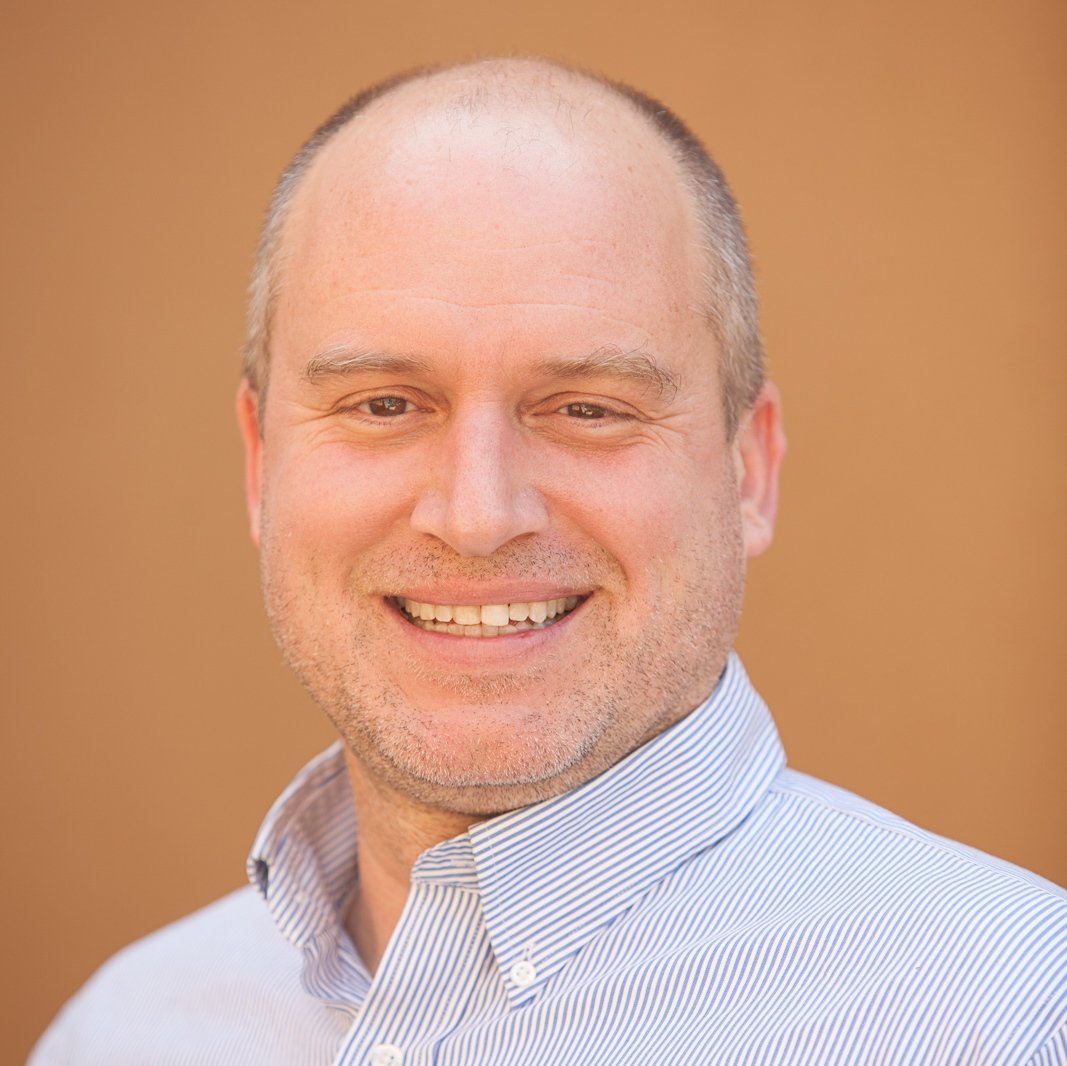Sterling Backus, Advanced Projects Scientist, Thorlabs

Sterling Backus, Advanced Projects Scientist, Thorlabs
Dr. Sterling Backus is well known as a pioneering developer of new ultrafast laser technologies. He joined the Thorlabs laser division as Advanced Projects Scientist in 2019. Sterling was full-time with KMLabs 2002 to 2019, as well being as an Adjunct Professor in the ECE Department at Colorado State University. He received his B.S. and M.S. degrees, in Physics and a PhD in Engineering Science from Washington State University in 1996. His work in the development of high peak-and-average power ultrafast Ti:sapphire lasers, and the use of cryogenic cooling for ultrafast laser systems, forms the basis for many of KMLabs’ products. Sterling is a Fellow of the Optical Society of America, a U.S. Army veteran, and has served on program committees for numerous conferences in the field.
Chris Jacobsen, Argonne Distinguished Fellow, Argonne National Laboratory, and Professor of Physics, Northwestern University

Chris Jacobsen, Argonne Distinguished Fellow, Argonne National Laboratory, and Professor of Physics, Northwestern University
Chris Jacobsen's research group is focused on developing new methods in x-ray microscopy, and applying them to interesting problems in biology, environmental science, and materials science. Using either diffractive optics (like Fresnel zone plates fabricated using electron beam lithography), or lensless methods where iterative phase retrieval methods are used to reconstruct an image from a coherent diffraction pattern, images with a spatial resolution of 30 nm or better can be obtained. In absorption contrast, one can combine imaging with spectroscopy to study chemical speciation at the nanoscale, or one can use fluorescence detection to study trace element distributions with parts-per-billion sensitivity. We are also developing detectors and image reconstruction algorithms that can be used to obtain quantitative phase contrast images with hard X rays, and thus put elemental distributions into their ultrastructural context and also go from measurements of content to measurements of concentration (since concentration gradients drive chemical processes). Finally, we are interested in understanding the limitations that radiation damage presents to x-ray microscopy studies, and in developing both cryo instrumentation and sample preparation methods to mitigate those limitations.
Daniel J. Kane, CEO and Founder of Mesa Photonics

Daniel J. Kane, CEO and Founder of Mesa Photonics
Dr. Kane developed the FROG Scan product line and is the co-inventor of Frequency-Resolved Optical Gating (FROG), the most used technique for measuring ultrafast laser pulses. He has invented several techniques in spectroscopy, optical coherence tomography, and ultrafast laser pulse measurement and holds 11 patents and has one pending. He is the sole inventor of real-time measurement of ultrafast laser pulses using FROG and has patents on this technology (US# 7,130,052 and 8,068,230).
He holds a Ph.D. and M.S. in Physics from the University of Illinois at Urbana-Champaign, and a B.S. in Physics from Montana State University. He was a Postdoctoral Fellow at the Los Alamos National Laboratories (Group CLS-4), and spent 17 years at Southwest Sciences. Dr. Kane is a Fellow of the Optical Society of America and the recipient of SPIE’s Harold E. Edgerton award in 2011.
Brennan Peterson

Brennan Peterson
Brennan Peterson served as Director of Semiconductor and Materials Business Development and then CEO of KMLabs, leading product strategy and fundraising as well as technical and marketing teams. Prior to joining KMLabs, Brennan led System Engineering and Strategic Marketing for ASML in the Netherlands. He started his career as a Senior Process Engineer at Intel, developing new technology for the 65, 45, and 32nm nodes, and later moved into applications engineering and business development with FEI Corporation and Nanometrics. Brennan holds BA in Physics and a BS in Chemical Engineering from the University of Colorado and a PhD in Materials Science and Engineering from Stanford University.



